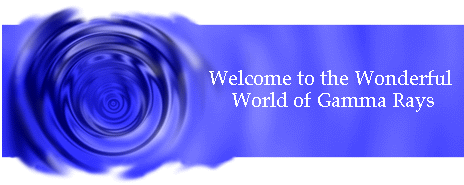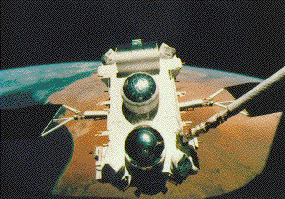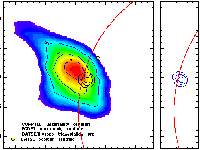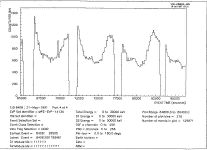
 This is the Gamma Ray Observatory
This is the Gamma Ray Observatory
When the scientists receive data about a burst, they must first check to see if it truly was a burst of gamma rays. Once that has been confirmed, the scientists then create an image of the burst, using different programs, and figure out the area in space where the burst occurred from. However, they have only been able to locate the bursts to within a degree in space, which contains a very large area of space.
 This
is a picture of a gamma ray burst in space. The intensity of the burst
is shown by the increasing brightness of the colors.
This
is a picture of a gamma ray burst in space. The intensity of the burst
is shown by the increasing brightness of the colors.

